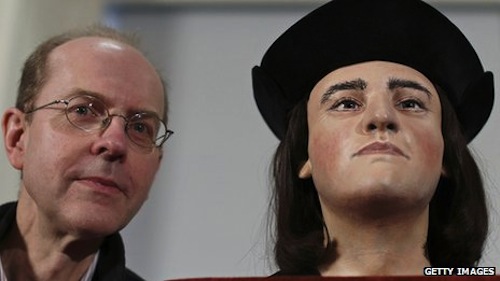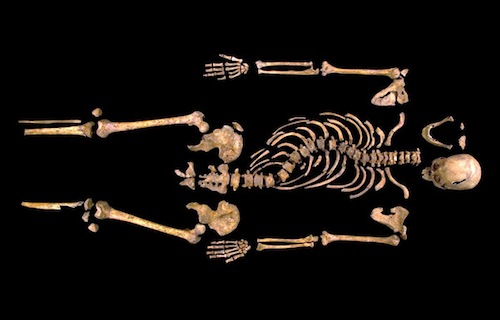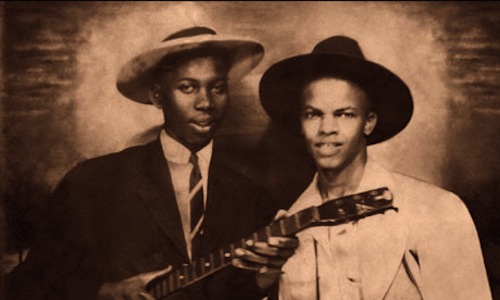
(Image credit: BBC)
It’s only halfway through the week and we’ve already seen new images of King Richard III and Robert Johnson. I can’t wait to see what the rest of the week has in store. These pictures are a big deal. The images help us to reimagine the persona of these figures, and seeing that I thought I’d take a moment in this week’s post to highlight the discoveries. The Tudor kings who came to the English thrown after Richard III perpetrated history that suggested Richard was a grotesque tyrant. Commentators on this week’s discovery are suggesting how traditional renderings, perpetuated by luminaries such as William Shakespeare, might be historically inaccurate. Shakespeare’s Richard III is a complex plotter who we appreciate for his witticisms, but whose disgusting figure personified his vileness. This understanding might be far from the truth, for whatever it’s worth. Richard III did have scoliosis (see the remnants of his spine below), but scholars are revisiting the extent of his supposed vileness. As for Robert Johnson, previously only two images of the guitar player were known to exist, one of them merely being the size of a postage stamp. In this newly authenticated image, we’re treated to another glimpse of someone we hardly know.

(Image credit: New York Times)
The exhumation and authentication of Richard III’s bones is largely the result of a concerned British citizen named Philippa Langley. Interviewed by The New York Times, Ms. Langley commented that “I think he wanted to be found, he was ready to be found, and we found him, and now we can begin to tell the true story of who he was.” Richard III was killed at the Battle of Bosworth Field, in August of 1485, where his forces met those of Henry Tudor. And though Richard’s own forces outnumbered Henry’s by as many as 3,000 troops, the battle was not Richard’s to win. At some point in the battle Richard III was hit in the head with a halberd and died. No English king has died in battle since. The body was carried roughly 20 miles from Bosworth Field to Leicestor, where it was buried in a corner of Greyfriars Priory. 500 years later the site was a car park, paved and concreted over. Ms. Langley suspected the spot of Richard III’s burial based on an account of the events as recorded by John Rouse, a historian writing 200 years after the late king’s death. A team led by Ms. Langley and the Richard III Society unearthed the body, ran DNA test with two known living descendents of Richard III, and announced this week that they’d found the late king’s body. The photo at the top of this post, supplied by the BBC, compares one of Richard III’s known descendents with a quality reconstruction of the late king’s head.

(Image credit: The Guardian)
The new Robert Johnson photograph turned up eight years ago, when a classical guitarist from Houston named Steven Schein was looking around on eBay for a guitar. The eBay caption for the photo read “Old Snapshot Blues Guitar BB King???” Schein bought it. The more he considered the picture the clearer it became that neither of the men photographed in the picture was B.B. King. But the fellow on the left did have a narrow left eye and longer-than-normal fingers – attributes that are known of Robert Johnson. In the six years since, Lois Gibson (who works for the Houston police department) has worked to authenticate the photo – and now she’s sure that the figure on the left is Robert Johnson, reports The Guardian. I’ve always liked the mystery that surrounds Robert Johnson’s character. Grateful though I am for this new portrait, I’d be perfectly happy if no others surface during my lifetime. I like the fact that there are no videos of the bluesman. I like imaging what I can’t hear.



Recent comments
2 years 29 weeks ago
2 years 44 weeks ago
2 years 44 weeks ago
2 years 50 weeks ago
3 years 4 weeks ago
3 years 4 weeks ago
3 years 4 weeks ago
3 years 6 weeks ago
3 years 6 weeks ago
3 years 6 weeks ago